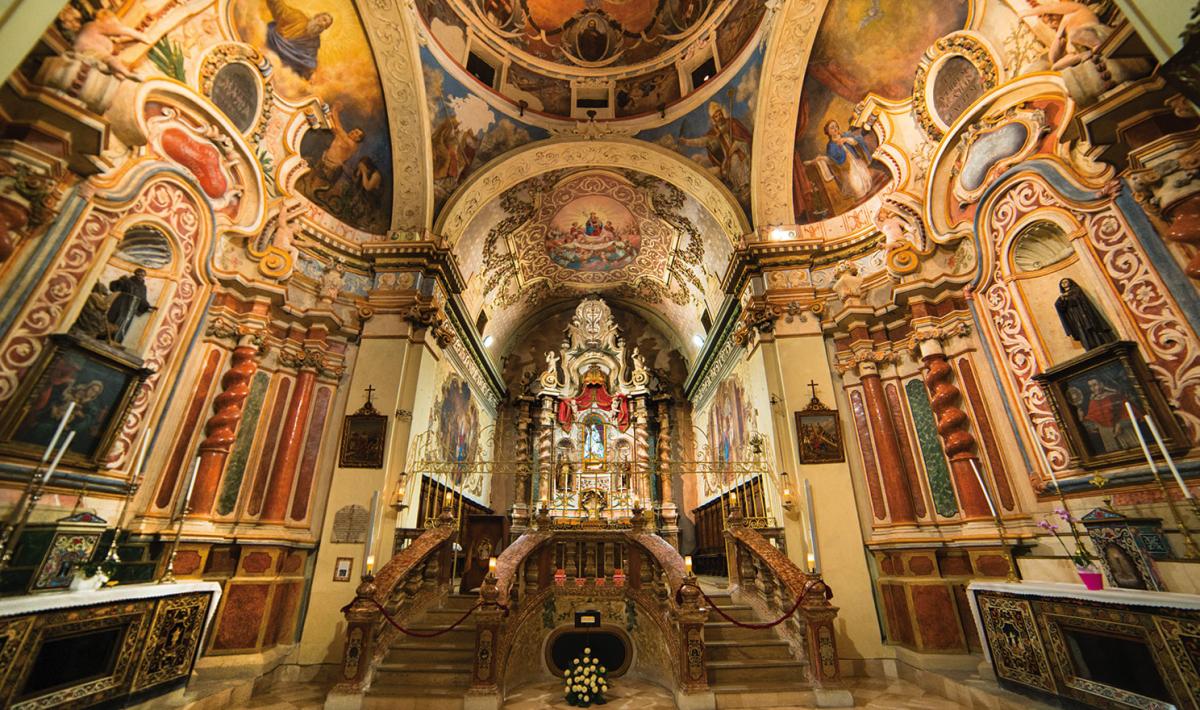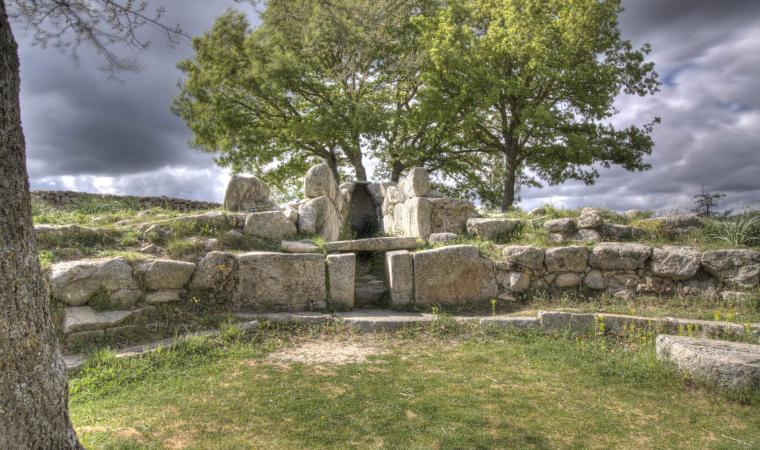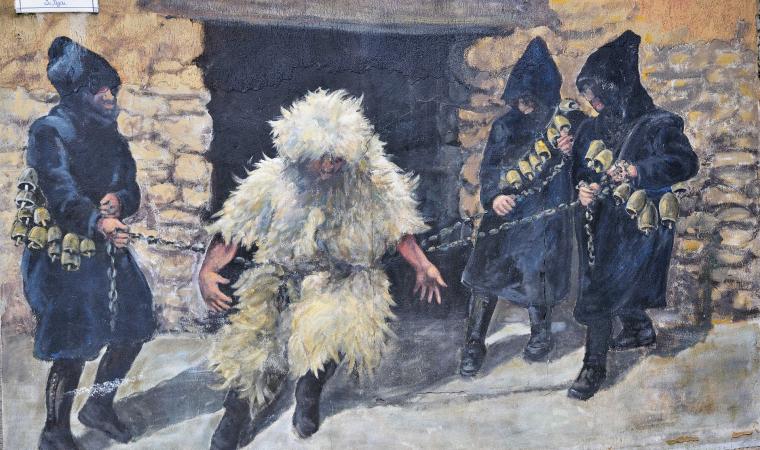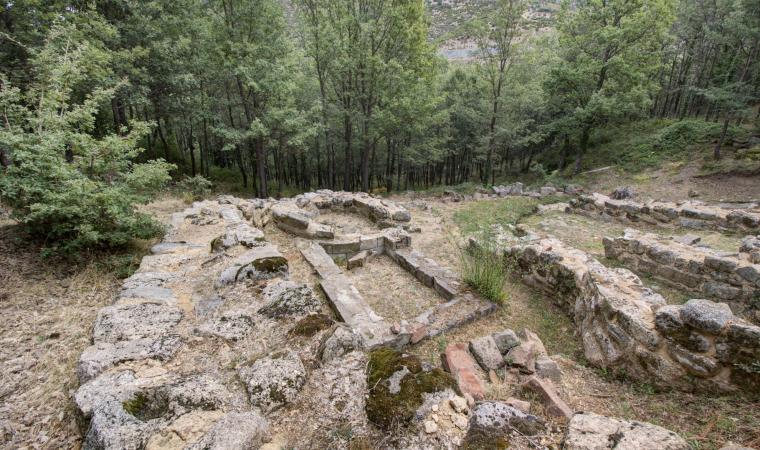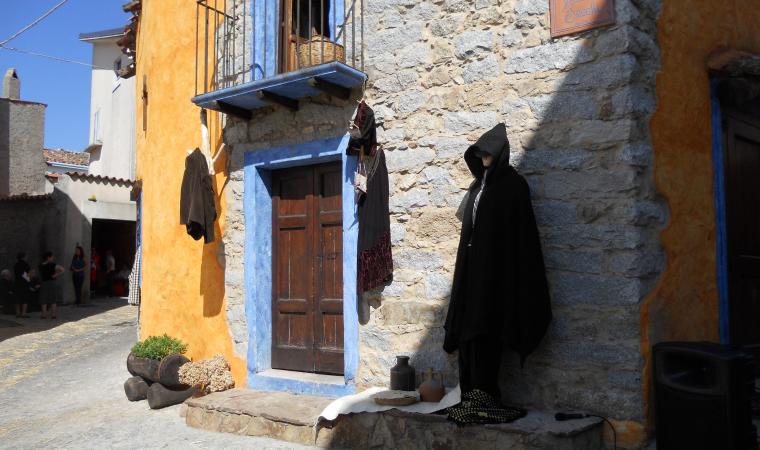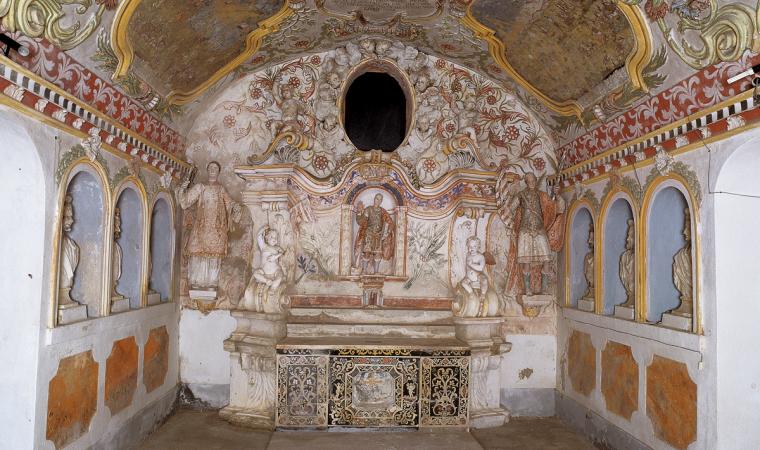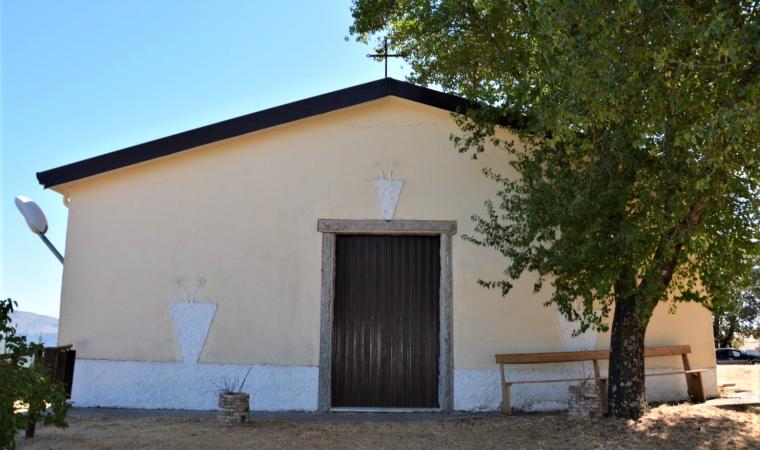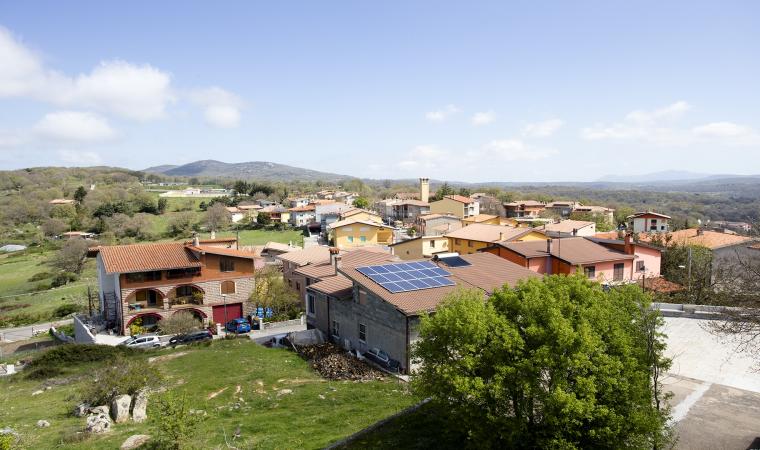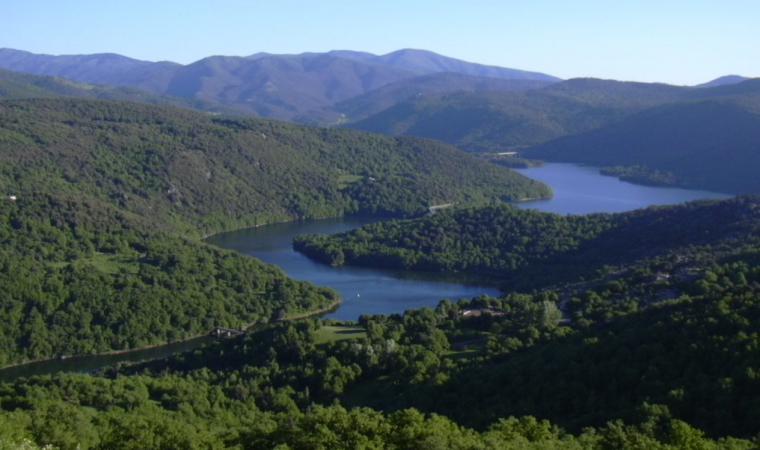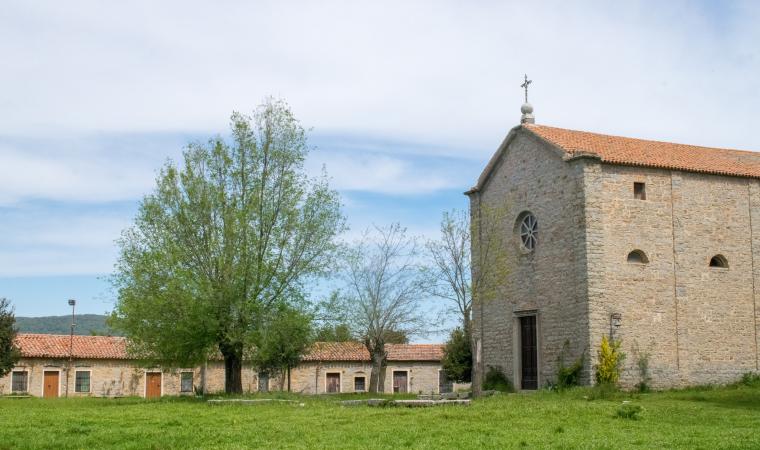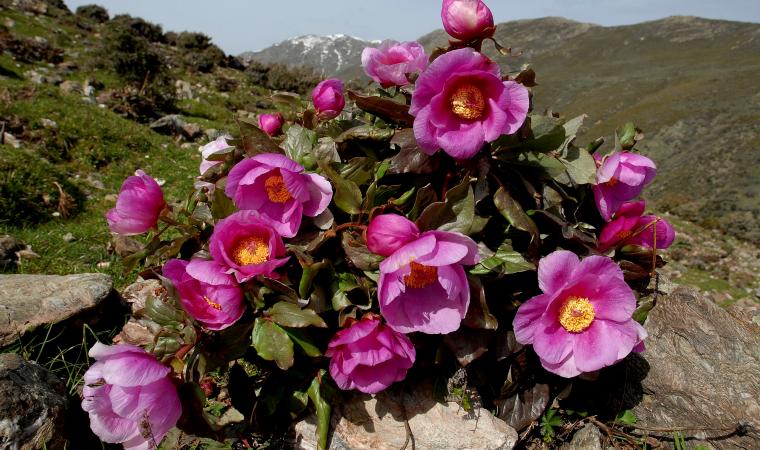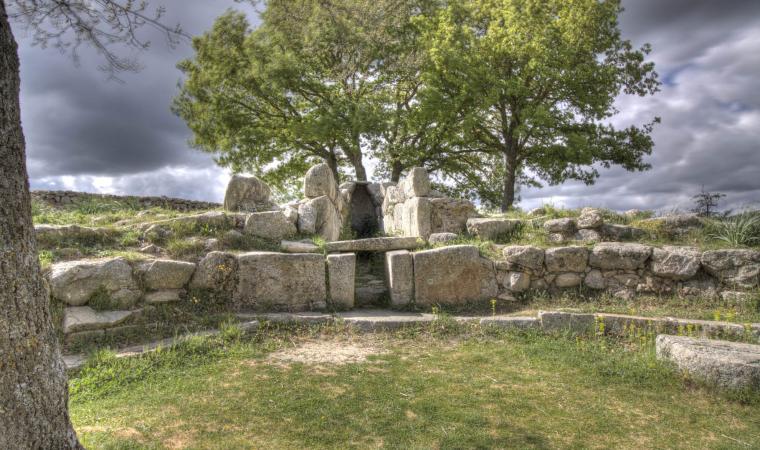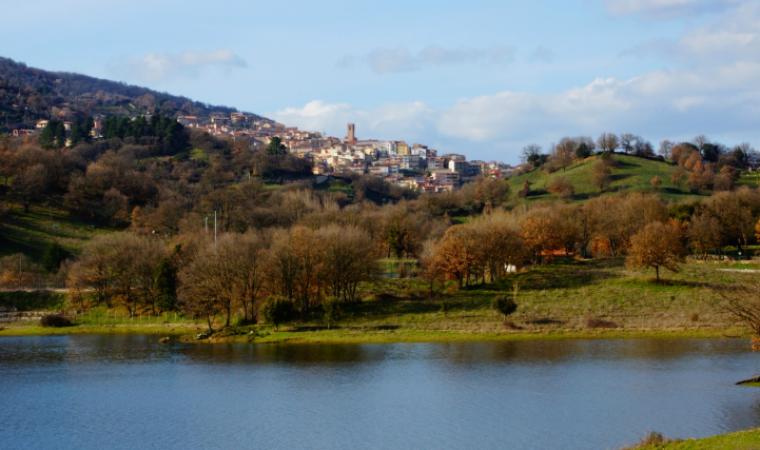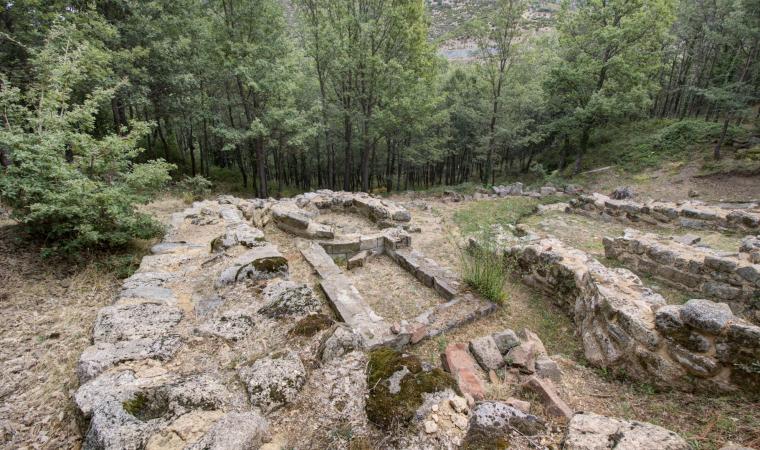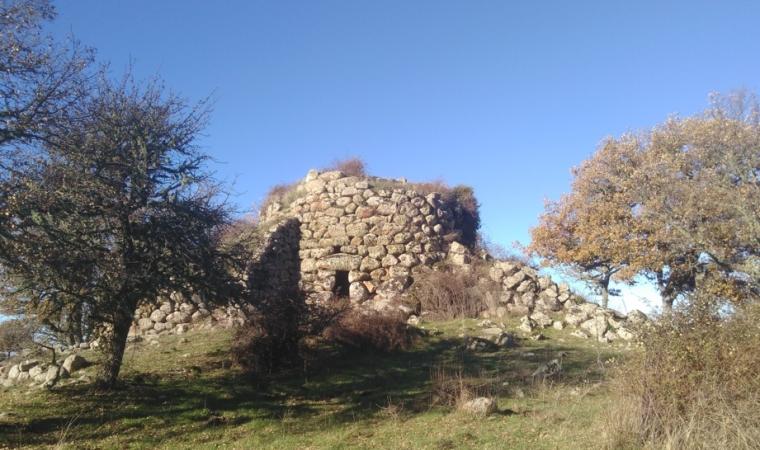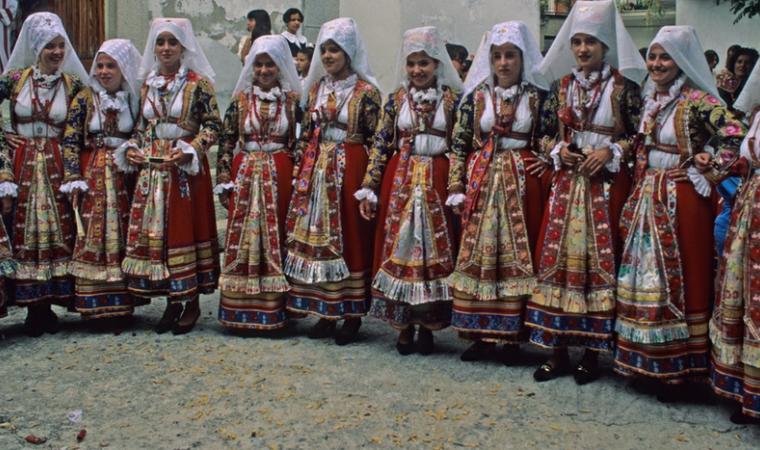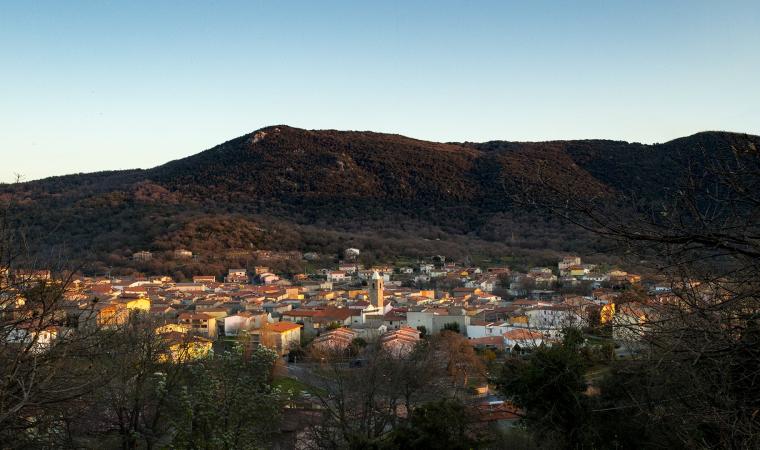“A fabulous horizon surrounds the village, the high mountains of Gennargentu, with luminous peaks that shine like silver, dominate the great valleys in the Barbagia, that rise, immense grey and green shells up to the crests where Fonni, with its flint houses and pebble alleys stand up to wind and lightning.” That is how the Nobel Prize author Grazia Deledda describes that what is now the largest town in the Barbagia di Ollolai (4,000 inhabitants) in her book Ashes (1903). The town sits at a thousand metres and is also a celebrated ski resort, thanks to the ski lifts that rise to the summits of Spada and Bruncu Spina (in excess of 1800 m). The snow falls thick in winter, the peaks turn white, while other seasons are graced with enchanting colours: peonies, gentian, rosehip and purple that surround the forest. It’s an area perfect for long hikes through woods and over brooks in nature reserves where rare species can be spotted along the trail. It is home to the Fonni Shepherd a breed of dog that specialises in protecting land and herds.

